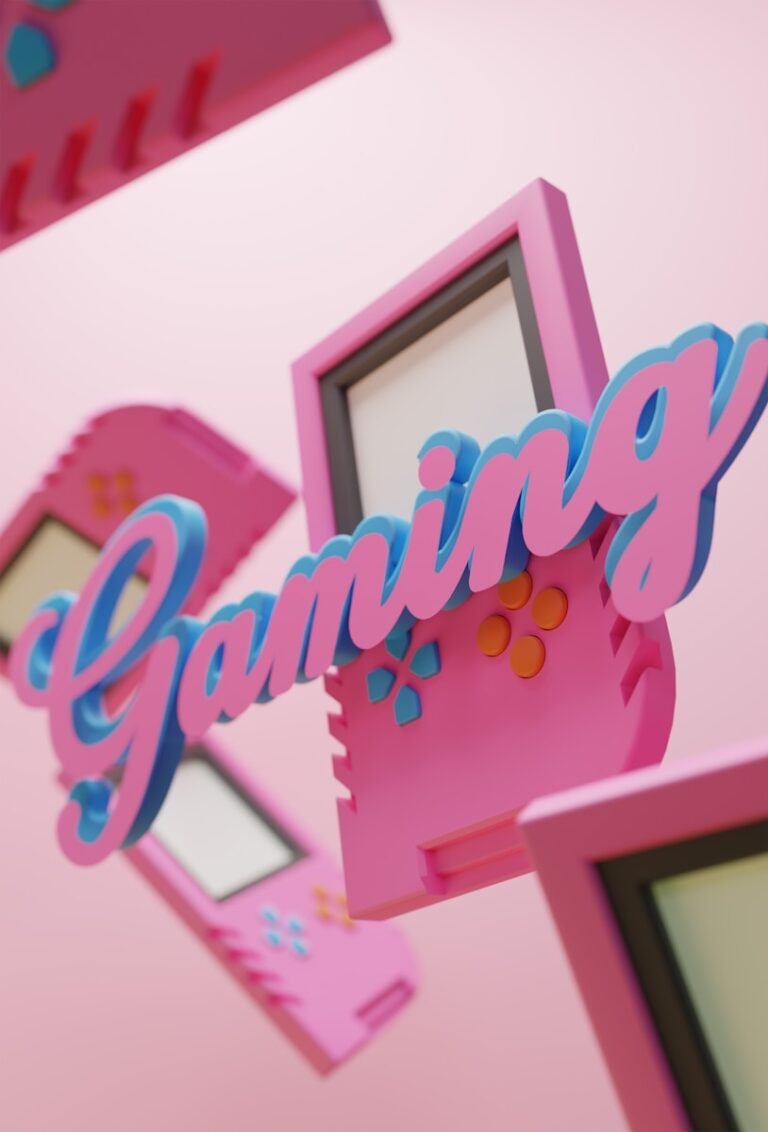Blockbuster movies don’t just entertain; they captivate, persuade, and linger in the minds of audiences long after the credits roll. The world’s most successful films follow storytelling formulas designed to evoke emotion, create connection, and build loyalty—exactly what indie brands need to do in an oversaturated market. While Hollywood and branding may seem worlds apart, the same narrative strategies that keep audiences glued to the screen can help emerging brands cut through the noise, forge deeper relationships, and turn customers into lifelong fans.
The Power of the Hero’s Journey
The greatest stories ever told—from Star Wars to The Lion King—follow the classic hero’s journey, a storytelling arc where a protagonist embarks on an adventure, faces obstacles, overcomes challenges, and emerges transformed. Indie brands can apply this same framework by positioning their customers as the heroes and their products as the catalyst for transformation.
Outdoor brand Patagonia doesn’t just sell gear; it tells stories of adventurers tackling the elements, making customers feel like protagonists in their own sustainability-driven quests. Similarly, beauty startup Glossier built a brand identity by centering on real people’s beauty routines, framing customers as the main characters in their self-care journeys. For indie brands, crafting marketing narratives that reflect a customer’s aspirations, struggles, and victories makes a brand feel less like a product and more like an experience.
Emotional Connection Over Product Features
Hollywood doesn’t sell action sequences—it sells emotions. Audiences don’t just remember Titanic for the shipwreck; they remember Jack and Rose’s heartbreaking love story. Likewise, indie brands must create an emotional bond with their customers rather than just pushing product benefits.
Luxury fragrance brand Le Labo infuses storytelling into its product experience by emphasizing nostalgia and sensory memories rather than just scent notes. Footwear startup Allbirds leverages storytelling about sustainability and comfort, making every shoe feel like part of a larger mission. The takeaway? Indie brands should tap into their customers’ deeper emotions—whether it’s nostalgia, belonging, or aspiration—to create meaningful brand affinity.
The Power of a Signature Aesthetic
Think of Wes Anderson films—his signature pastel color palettes and symmetrical framing make his work instantly recognizable. Hollywood directors craft unique visual identities that make their storytelling unmistakable. Indie brands should take the same approach by developing a distinct aesthetic that resonates with their target audience.
Oatly, the plant-based milk brand, carved out an identity with its playful, handwritten typography and quirky copy, making its packaging feel more like an intimate conversation than a product label. Skincare disruptor Drunk Elephant mastered a bold, color-coded packaging system, making its products instantly recognizable on any shelf. For indie brands, the lesson is clear: a cohesive, signature look isn’t just branding—it’s storytelling through design.
Plot Twists and Unexpected Moments
Great films keep audiences engaged with unexpected twists. Likewise, brands that break the mold and introduce surprising elements capture consumer attention and stand out.
DTC luggage brand Away disrupted the industry by launching a travel magazine, Here, rather than focusing solely on suitcases. Coffee brand Death Wish Coffee gained cult status with its “world’s strongest coffee” positioning—an unexpected angle in a sea of artisanal blends. Indie brands should look for ways to surprise their audience, whether through unexpected product collaborations, bold marketing campaigns, or unconventional storytelling angles.
Building a Franchise-Worthy Brand
Hollywood’s most powerful franchises—Marvel, Harry Potter, Star Wars—aren’t just films; they’re worlds that audiences want to live in. The strongest brands do the same, creating immersive universes where customers feel like participants, not just buyers.
Look at how Nike’s Just Do It isn’t just a slogan—it’s an ideology. How Aesop stores feel like stepping into a thoughtfully curated story. Indie brands should aim to build an ecosystem of storytelling touchpoints, from packaging and digital content to customer experience and brand community.
Final Scene: Why Storytelling is a Brand’s Greatest Asset
In a crowded market, indie brands can’t compete on budget, but they can win with better storytelling. Hollywood has mastered the art of emotional resonance, visual identity, and narrative arcs—principles that can transform any emerging brand into an unforgettable one. By crafting compelling stories, brands can do more than sell a product; they can create movements, inspire communities, and build enduring legacies.
So, indie brands: What’s your story, and how will you tell it?
